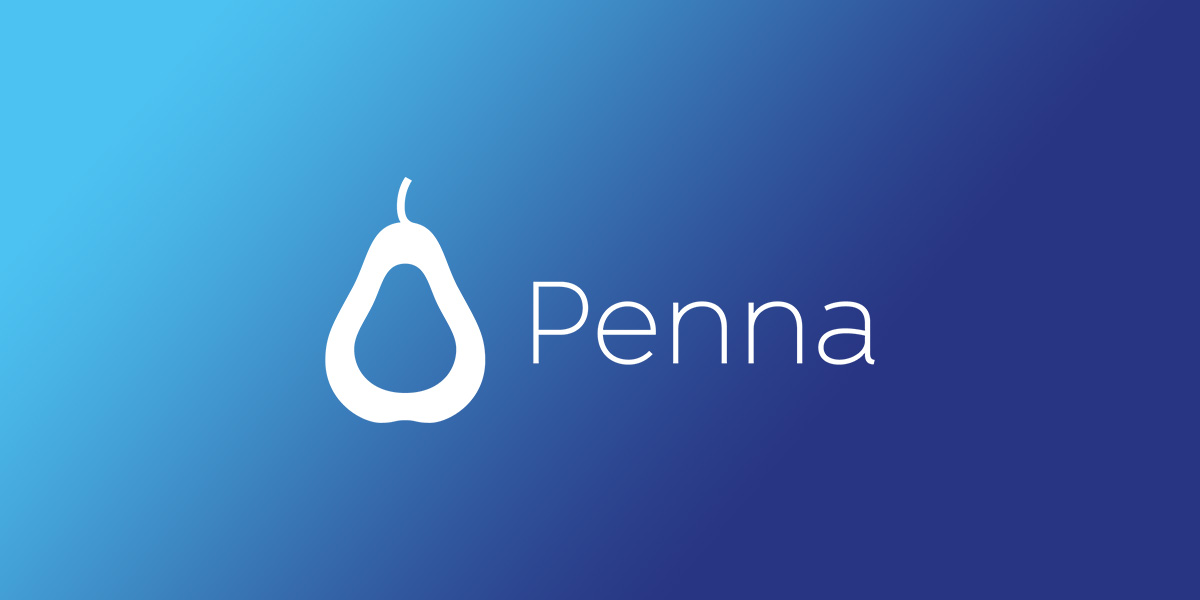
Diversity, inclusion and your university marketing strategy. How to ensure your student attraction campaigns have D&I at their heart
What can marketeers do to ensure equal access to higher education, for students from a variety of backgrounds and communities?
Here are some tips from Louise Darkwah, Diversity and Inclusion Manager at Penna, to make your communications count, and ensure you're reaching a diverse audience whatever your marketing budget.
Between 2019 to 2020, it was estimated that over 2.5 million students enrolled in higher education courses across the UK. The general perception of university involves late nights, a buzzing social scene and countless house parties (with some lectures and studying thrown in). In reality, the university experience can vary for individuals from more underrepresented backgrounds within our society. For this reason, it’s important to ensure that higher education institutions build inclusivity, support frameworks and free services into their offer for school leavers who might be considering, or haven’t yet considered, further study at university.
What’s different now?
The Gen-Z student is multi-dimensional. Their identities are made up of several social categorisations and factors. For example, your target student is not a woman on the one hand and Black on the other, she is a combination of these identities at the same time. She is a Black woman. Individual identification is vast and intersectional. By looking at people in this way and acknowledging all the many things that make them unique, strategic marketers can determine what it means to be intersectional in their communications.
Whilst intersectionality should be celebrated it can create an overlapping system of discrimination and disadvantage. University institutions and vocational scheme providers must understand that whilst the education they provide may be available to all, students experience the world differently based on these social markers.
Why is inclusion so important?
Diversity in higher education enriches the experience of all students, creating an environment where everyone feels seen and able to thrive. It promotes personal growth and, collectively, community prosperity. When young and often influential people learn in diverse and inclusive spaces, any stereotyped preconceptions (inherent or learned) are challenged. That’s the magic brainwave moment. Critical thinking begins and students examine the world in new and unexplored ways.
How do you integrate intersectionality into your communications?
Addressing intersectionality could include listening to the voices of those most affected by their social categorisations. Marketeers should tailor comms around working together and demonstrate clearly, with appropriate messaging, that students will be supported through their application process. In addition, make it clear to students they’ll be given access to course specific materials and accommodation.
There’s more to the equation
So now you’re talking to underrepresented students, you’re listening, they’re engaged, great! But there’s more to be done. HEIs must create a safe and welcoming space. Consider adding more peer-to-peer discussions to your university schedules. You can pair up those from dissimilar backgrounds and encourage them to talk about what’s important to them: values, acronyms, heritage. Students will learn how to support and understand one another better and make lasting connections.
Audit your processes
Whilst this isn’t the easiest of tasks nor the quickest to achieve, making changes to admission processes is a good place to start. Marketeers need to work with colleagues across the university organisation to do this. The marketing and application experience, with its messaging and accessibility, is where the candidate can form ideas about your brand and what value you bring to the table.
Our advice: don’t miss out on extraordinarily talented people because you forgot to include them. Question this, is the landing page easy to navigate? Did you use characteristic-exclusive language? If reasonable adjustments are available, is that clear for applicants? Talk to D&I experts who can help you design a hybrid admissions process. You need to be providing students with contextualised offers where possible, should they require one.
Access doesn’t equal inclusion
Whilst it is amazing to celebrate underrepresented groups and recognise the skills and talent they add to a student cohort, retaining this talent lies in the hands of your inclusion practises. We advise our clients to consider highlighting useful support networks that your university offers. They include society groups, sporting teams, prayer groups and religious communal spaces, and mental health services. Leverage your internal initiatives and mentor programmes to demonstrate the ways prospective students can become part of a team and a wider network when they come to study with you.
If you have any student inclusion questions about shaping your higher ed marketing strategy, for a limited time only you can talk to our D&I Lead, Alexis Curtis-Harris, for 15-minutes on us*. Book your consultation and Ask Penna Education at https://calendly.com/helen-overy/ask-penna-education-solving-your-higher-education-marketing-dilemmas?month=2021-11
*This offer ends Friday 19th November 2021.
